
exciecoachbuilder
-
Posts
56 -
Joined
-
Last visited
Content Type
Profiles
Forums
Resource Library
Events
Gallery
Blogs
Store
Community Map
Posts posted by exciecoachbuilder
-
-
10 hours ago, Broithe said:3 hours ago, Noel said:
Super photo.
A great photo indeed, the black and tan livery on the GM's, was always very striking. B161, only recently repainted by the look of it.
-
 1
1
-
-
27 minutes ago, Dempsey said:
Incredible stuff altogether, the grey streaks on the black paint at the bonnet end are exactly the way they looked, when the paint started to fade. Some serious weathering skills there Chris, well done sir. Paul
-
 1
1
-
 2
2
-
-
Hi Robert, if this is any help, the inside of the MK 2 gen van was a fairly bleak affair. Roof to floor was panelled with galvinised steel panels and speckled two tone grey lino on the floor. Depending on how much you want to detail the inside? The only colour on the inside was, raw timber bits , eg, some door frames, any timber in the guards compartment, seat, writing table etc were painted signal grey, the folding gangway doors were painted signal red on the inside, and other stuff like fire extinguisher boxes and crowbar boxes were also painted signal red. Cheers Paul....
-
 3
3
-
 4
4
-
-
1 hour ago, Rob said:
Hi guys, the reason for the different shades of paint, is that the Mk3 gen van, and the Mk 2 coach in the photo's, had not yet been painted in the new ICI delux 2 pack orange paint that Irish rail had started to use in the then newly refurbished ( 1999/ 2000) paint shop in Inchicore. The older everlac brand of paint , that Irish rail used was a completely different shade of orange than the ICI paint. Paul....
-
 2
2
-
 6
6
-
-
3 hours ago, DJ Dangerous said:
I'm open to correction here, but didn't some of the single-stripe Cravens coaches survive until the end without ever getting a second stripe?
No I don't think so?, I'm sure that the entire Craven fleet were resprayed / hand painted,first in the old paint shop, and then in newly fitted out(1998/99) paint shop. If so, they would have had the 2 white bands applied.
-
 2
2
-
-
On 16/11/2023 at 1:52 AM, Mayner said:
There was a lot of detail variation among early CIE coaching stock, 1st batch Coaches were 60' long on GSR bogies and welded version of the GSR underframe, length increased to 61'6" for second and subsequent batches of coaches, Bullied triangulated underframe under coaches introduced 54-55.

1954 Side Corridor Standard Bulleid underframe and Commonwealth Bogies GSRPS Tralee 1992-3
1463 "Laminate" 1958 Open Standard Mullingar 1983 Laminate (Aluminium-insulation-ply panels) body re-skinned with aluminium on timber framing late 1980s.
The main spotting difference between the 51-53/5 stock and the Laminates was the shape of the toilet windows and the end profile. The toilet compartments on some Bredin and 51-53 stock were placed at the centre rather than the end of the carriages.
It was actually the late 1970's that the "rebuild's" we're done. Paul.
-
 1
1
-
-
28 minutes ago, Louth said:
C Class?
C class would be great, ammonia tankers would be nice too.
-
 4
4
-
-
15 minutes ago, exciecoachbuilder said:
Yep, at the side of the running shed in Inchicore works.
For the life of me, I can't remember what the ULT maintenance abbreviation stenciled onto the side of the chassis means? ( It was stenciled onto both carriages and wagons).But what I can see from the photo, January 1975 was the last time the wagon got its "ULT maintenance"?
-
3 hours ago, Joe Keegan said:
Photo taken at Inchicore works ?
Yep, at the side of the running shed in Inchicore works.
-
On 13/8/2023 at 11:22 AM, Northroader said:
On that cross border archive I’ve linked to, there’s another interesting picture, the inside of Dundalk carriage shops in full swing:
It’s the nearest coach that’s taking my attention, it looks four compartments well spaced out, with a toilet placed between the two pairs, so possibly two second class outside of two first with toilet accommodation? Then at the near end there’s a small brake compartment, so a brake composite? Another useful coach. The one beyond is a later bogie job, with a “cove” style roof, I.e. made from three radii.
Great photo, a big workshop too. I never knew that the Dundalk carriage shop was that big.
-
1 hour ago, Niles said:
re: turntables, Rosslare was used as recently as the early 2000s on occasions when 121s worked the evening service from Waterford.
That's interesting, I didn't know single 121s worked on the Rosslare to Waterford service.
-
 2
2
-
-
19 hours ago, Ironroad said:
Same here, I was using the commuter services daily in 1989 and never saw the green strip depicted in the photograph above on either a loco or a Mk3 coach.
There is something very odd about that photograph, if that is Connolly station and I think it is, The footbridge that is visible was removed in the early '80s as part of the renovations made to the station in the early '80s in preparation for the introduction of the DART services and long before introduction of the tippex livery Additionally there are no over head cables visible. Photoshopped???
If you look closely you can see overhead line equipment over the grill at the back of the 121 class engine, and the " streetlight" on the platform. Platform 4 had an overhead line, platforms 1 ,2 and 3 didn't. These two locos are parked on platform 2, which is normally used by the enterprise trains. The overnight mail trains were usually loaded up on platform 2 as well.
-
3 hours ago, 228RiverOwenboy said:
This is brilliant, I remember this well. This was a posed photo for An Nuacht (the quarterly C.I.E. newspaper). The lad in the white coat was holding the drawing upside down, I kid you not. I was working in the carriage shop at this time and there was only one mock up built, so it's the same mock up. The powers that be decided that the crappy green colour was a no no. Good decision imo.
-
 2
2
-
-
8 hours ago, Mayner said:
The B201 Class regularly worked Main Line Express Passenger and freight duties until they were concentrated on Dublin Suburban duties during the mid 1970s.
B233 & 234 regularly worked Heuston-Limerick via Nenagh passenger trains and Dublin-Limerick freight duties including Bulk Cement following their re-building with Maybach engines during the mid 60s.
B201s were rostered to work work a daily Heuston-Cork and a Heuston-Tralee Express and their return working, after CIE introduced a policy of speeding up services by operating frequent short passenger trains in the 1972 Timetable and the introduction of the MK2D Supertrains. Trains were decelerated and frequency cut back as Ireland went into re-cession as a result of the 73 Oil crisis and CIE reverted to its tradition of running slow-infrequent passenger trains that required double heading or more powerful locomotives.
The B201s continued to work freight trains on the Great Northern line at least into the late 70s, I spent a Saturday afternoon working (not railway) near Howth Junction in 77/78 as procession of B201 hauled Bulk Cement trains made there way between Platin and North-Wall.
Not just a branch line or Dublin Suburban passenger loco
That's interesting info Mayner. I remember those re engined c class locos were noisy buggers at full throttle, a lot more noisy than the re- engined A class ( which was noisy enough as it was). Wouldn't mind hearing one go by at full throttle now.
-
 1
1
-
-
8 hours ago, flange lubricator said:
Hi, was the bus in the photo sold as an An 68? These buses were always known in the bus depot's and in the BMS in Inchicore works as D cars. The Spa Road built Van Hool buses built in the 70's were always called AN68's, not the one in this photo. Paul.
-
 1
1
-
-
2 hours ago, BSGSV said:
Do you know if this a bad sign for the coach or is this just the normal state?
Inch flat moulding pulled away from the door frame, usually means rotting door pillar. Also door handle should be horizontal when closed. You would have got a slap on the back of the head, if you had have left a door handle looking like that.
-
 2
2
-
-
9 hours ago, Mayner said:
Railway/transport companies such as CIE/NIR/Ulsterbus tended to carry out heavy maintenance work including engine/generator overhauls in house up to the early 90s when it became fashionable to outsource-maintenance.
Visited Inchacore works a number of times during the 70s-80s diesel engines were overhauled-re-built in house, engine/generator overhauls were outsourced to 'approved suppliers' in recent years, cuts down on the number of highly skilled maintenance staff and parts inventory, same principal applies with modern railcar maintenance.
Proabably best to contact the RPSI or some of their carriage volunteers, they have a Dutch Van 462 and to MK2 Brakes fitted with Generators https://www.steamtrainsireland.com/rpsi-collection/82/462-dutch-van
Yeah, there was a workshop beside the ramps, where they used to overhaul the generators, I think that it was called the parlour. I'm open to correction, but I think that the Detroit diesels were more of a bus thing than railway. Paul.
-
18 minutes ago, Sean said:
when i was younger I always thought the EGV/Attatched to most trains was simply a luggage van and never gave too much heed to the idea that it might be doing a bit more than that.
Typically this seems to have been a diesel generator and a steam boiler but to get a bit more specific, just what was fitted to these vans? Particularly the dutch rebuilt vans and mk2 EGV's I am interested in but lets open the discussion to a more broader one to emcompass all the irish power and heat vans which may be often overlooked until last when building a collection but are often essential for a prototypical rake.
is there any information on the make and model of the type of generators that could have been fitted? i note that downpatricks site lists FG wilson generators as the source of power in their mk2 coaches,, however i cannot find much comparable information on whats in the southern stock of a similar vintage.
18 minutes ago, Sean said:when i was younger I always thought the EGV/Attatched to most trains was simply a luggage van and never gave too much heed to the idea that it might be doing a bit more than that.
Typically this seems to have been a diesel generator and a steam boiler but to get a bit more specific, just what was fitted to these vans? Particularly the dutch rebuilt vans and mk2 EGV's I am interested in but lets open the discussion to a more broader one to emcompass all the irish power and heat vans which may be often overlooked until last when building a collection but are often essential for a prototypical rake.
is there any information on the make and model of the type of generators that could have been fitted? i note that downpatricks site lists FG wilson generators as the source of power in their mk2 coaches,, however i cannot find much comparable information on whats in the southern stock of a similar vintage.
Hi Sean, not 100% sure, but I think the generators in the vans were Cummins engines.
-
 1
1
-
-
39 minutes ago, connollystn said:
It's going to be a major announcement so, more than likely, it'll be a powered unit/units. Can't rule out the DART 8100 series - sure that'd be popular.
I'm old school, so I wish that it would be Park Royals, C class engines or Ammonia tankers. I have had enough of the red oxide stuff for now to be honest ( sorry guys). I have a rake of blue Tara's too, which are fantastic models, and look a lot better in the flesh so to speak, than on the website. An old 70's / 80's suburban push pull railcar would be nice. Ah well, may as well dream now as tonight in bed. Paul.
-
 6
6
-
 2
2
-
-
5 minutes ago, flange lubricator said:
The coaches I think you are looking at are possibly cafeteria car 2412, full first 1145 and BR MK 1 GSV , in fact this footage in dated June 1980 , sadly both these coaches possibly the set in the film were involved in the Buttervant accident on Aug 1980 sadly in which 2412 and 1145 were completely destroyed
Thank you very much, 1145 is the coach that I was looking at. Working in the carriage shop, I don't recall many first full carriages being brought in for repair. I think I remember mk2 first full coaches. Also I have a vague memory of an older coach being fitted with mk2 first class seats, maybe it was an experiment? They seemed to do a lot of experiments with different coaches back then. A silk purse out of a sows ear basically. But thanks for that flange lubricator. Paul.
-
 2
2
-
-
2 hours ago, skinner75 said:
Around the 2min35 mark of this cine transfer from 1980, put up by Tom Ryan, there is an example of a 'mixed' selection of coaches:
https://www.youtube.com/watch?v=xU9lcXpkrtY
2 hours ago, skinner75 said:Around the 2min35 mark of this cine transfer from 1980, put up by Tom Ryan, there is an example of a 'mixed' selection of coaches:
A great video, Tom Ryan is railway royality at this stage. Also, I am interested in the coach at 2.55, it's looks like a laminate rebuild, but there was never any first class rebuilds. Maybe it's a corridor carriage, but I remember the toilets (on the coaches that I remember working on) were always in centre of the coach. There wasn't many first class 'older'coaches back in 1980 either.
-
 1
1
-
 1
1
-
-
On 23/1/2023 at 1:45 PM, murphaph said:
Right, this is the final update on these 111s. They are "finished" now after I applied the glossy touches to the oily/greasy bits like the wheel bearing journals, fuel tanks, exhaust ports etc. Nameplates will someday be applied whenever Steve at Railtec has made them available. Should be trivial to apply them and weather lightly then. I didn't want to leave them in a million pieces waiting for them to arrive. This has been my most ambitious respray with a number of false starts and dead ends. I probably stripped these locos back to plastic three times, including after having applied the transfers as I was so unsatisfied with the large logo as a transfer. That sent me down the path of laser cutting out masks and I learned a bit from that too. In the end though I am really pleased with how they've turned out.

Well done Phillip, again, they look fantastic. You're a bit of a dark horse with the the oul weathering.

-
 1
1
-
 1
1
-
-
It sure is outstanding work Phillip, well done. Like all your work, these locos look the business. Especially loved your Vic Berry resprays, just like they rolled out of the paint shop in Inchicore. Again, well done. Paul.
-
 1
1
-
 1
1
-
 1
1
-
-
On 15/12/2022 at 11:52 PM, jhb171achill said:
The sidings under the bridge, the “loco depot”, would have been empty of locos by 1963, so possible….
On 15/12/2022 at 11:46 PM, Mayner said:Rocksavage Works was on the West side of the running line 'the siding under a bridge" was used as a loco depot.
The Works appears to have been in two parts the 3 road Carriage and Wagons Shops or "old carriage shed" parallel with the running line and the Loco Works at right angles to the carriage shops, reached by a turntable with a separate lead from the Cork City Railway.
The Carriage and Wagon Shops/Carriage Shed appears to be reasonably intact into the late 1950s https://www.flickr.com/photos/irishrailwayarchive/52251463031/in/album-72177720300931532/.
The Works appears to have been used for carriage and wagon repair up to closure, there is a late 1950s Walther McGrath photo of wagons undergoing running repairs outside the shops while No90 shunts wagons on the main line.
Its possible the re-paint took place inside the Carriage Shed or even on one of the several sidings under the Hibernian Road Bridge, the bridge was effectively used as a loco shed after the original running shed was demolished to make way for the Cork City Railway. Rocksavage may have been used for the repaint if works staff were still on the payroll or Glanmire may have been busy with other work.
Inchacore had a fairly primitive spray shop until replaced by a modern shop during the 1990s
Hi, This is a photo of the old wagon spray that was situated at the rear of the lifting shop, wagons were last sprayed here around the early/ mid 1980's, as the wagon spray was moved to a vacant building further up the works. There were never any carriages sprayed here, the main railway paint shop was situated further to the left of this scene. The paint shop was completely refurbished, including installing a modern spray booth in 1998/99, and during the refurbishment period, any carriages in for repaint were hand painted in the carriage shop, the painting of locos were cancelled during this period too.
There is a photograph in the book, Irish Railway Rambler ' of the old paint shop/ dungeon on page 21. Dungeon being the appropriate word to describe the old paint shop in comparison to the then new modern paint spray facility as it is called. Also, for anyone interested, B113 in the photo was given a cosmetic paint job for the Inchicore works 150th anniversary open day, and was later stored in this shed along with a rapidly and sadly deteriorating old AEC railcar.
Paul......
-
 2
2
-
.png.c363cdf5c3fb7955cd92a55eb6dbbae0.png)
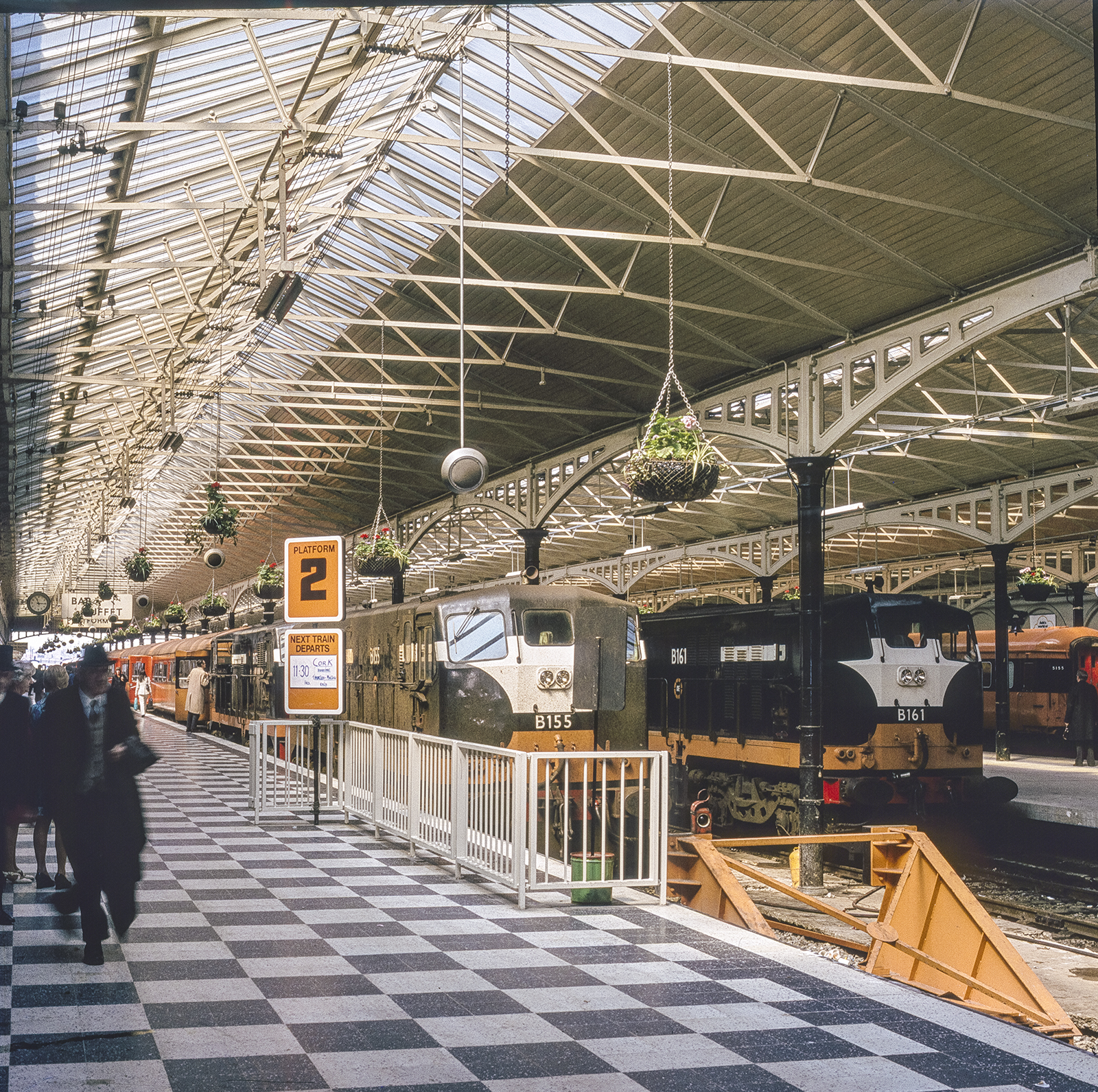
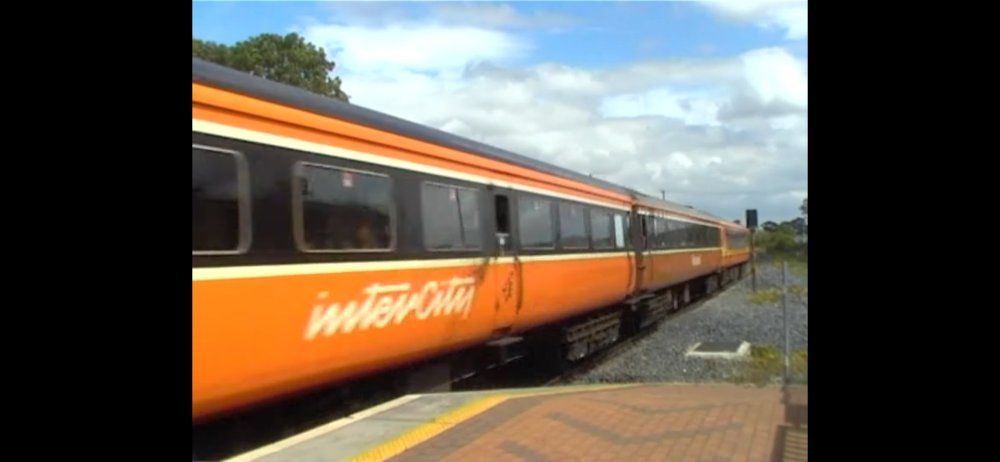
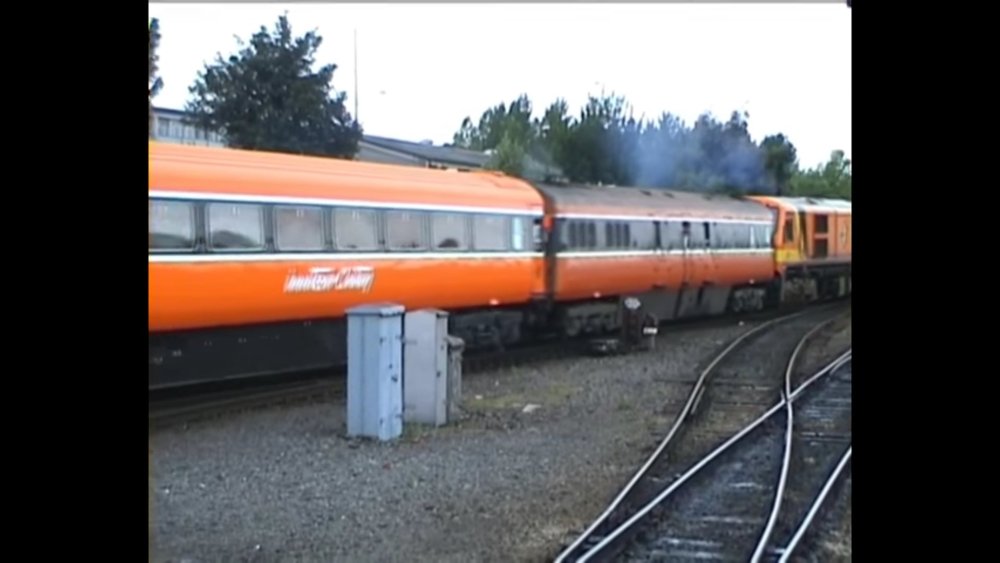
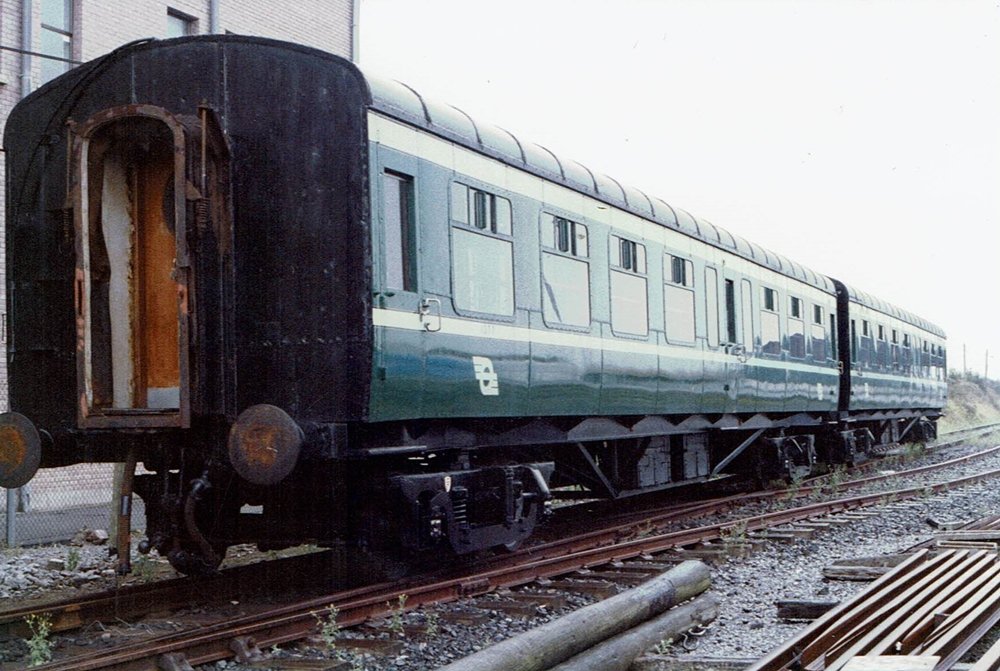
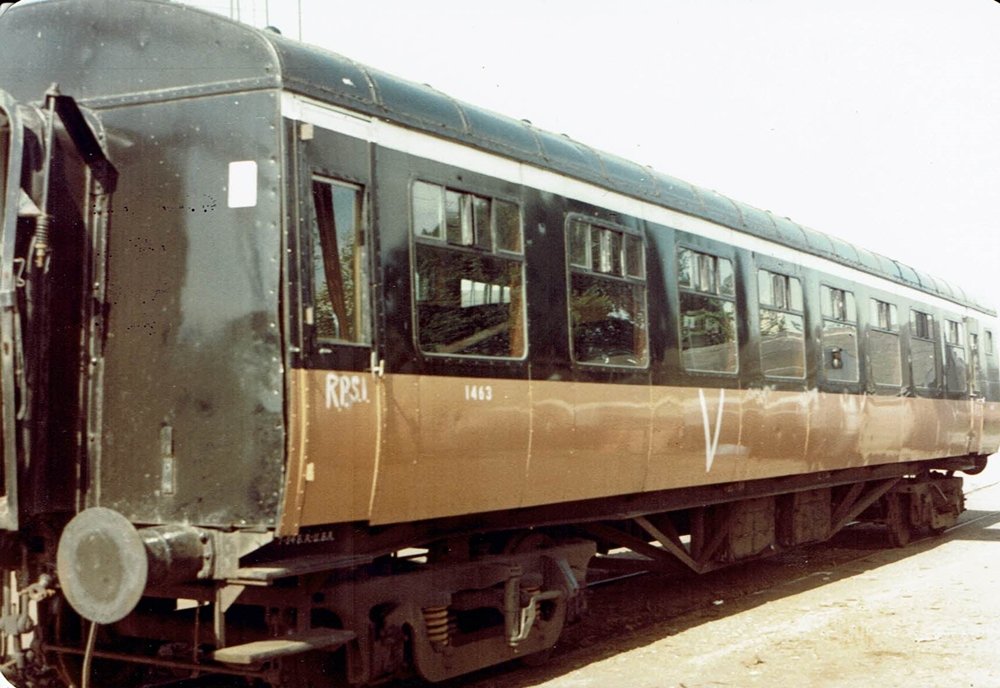
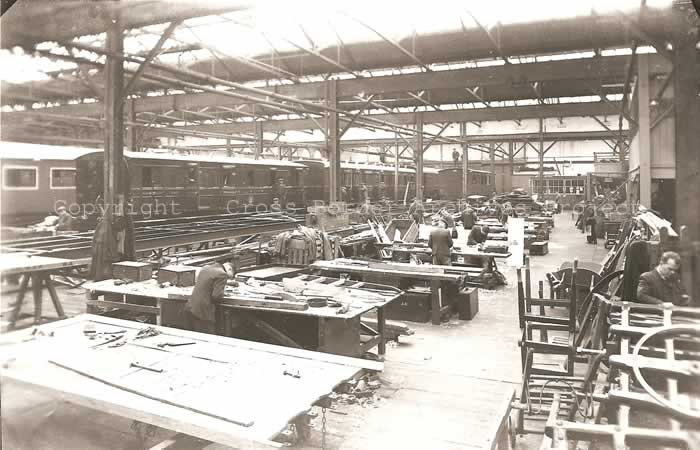

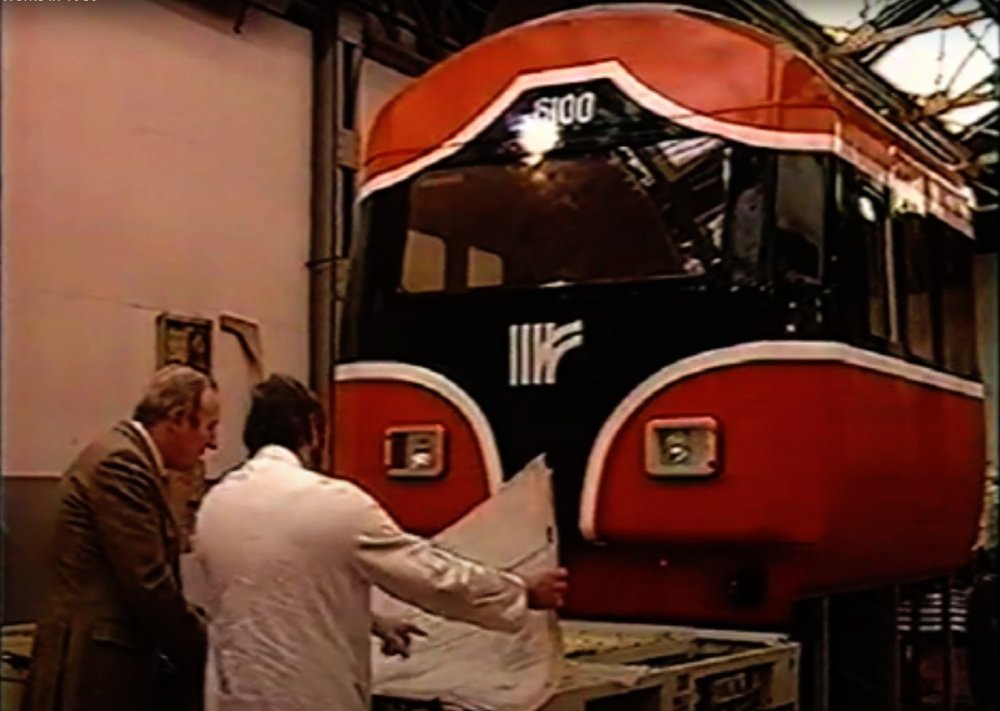
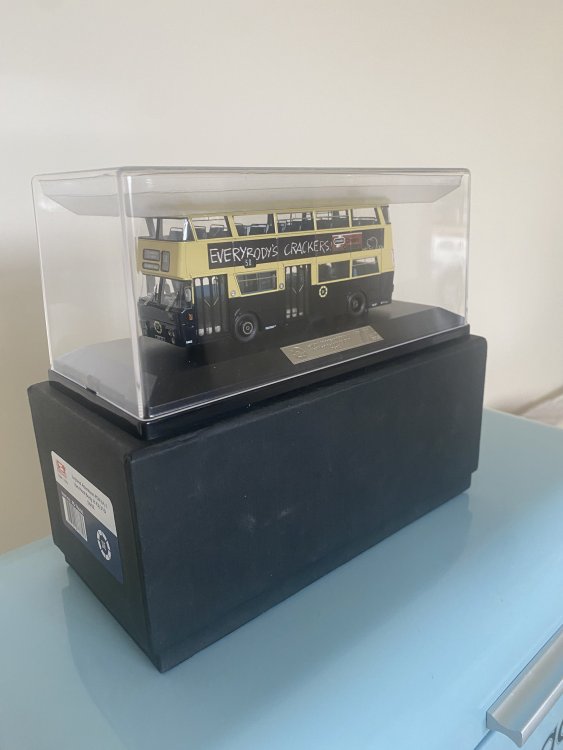
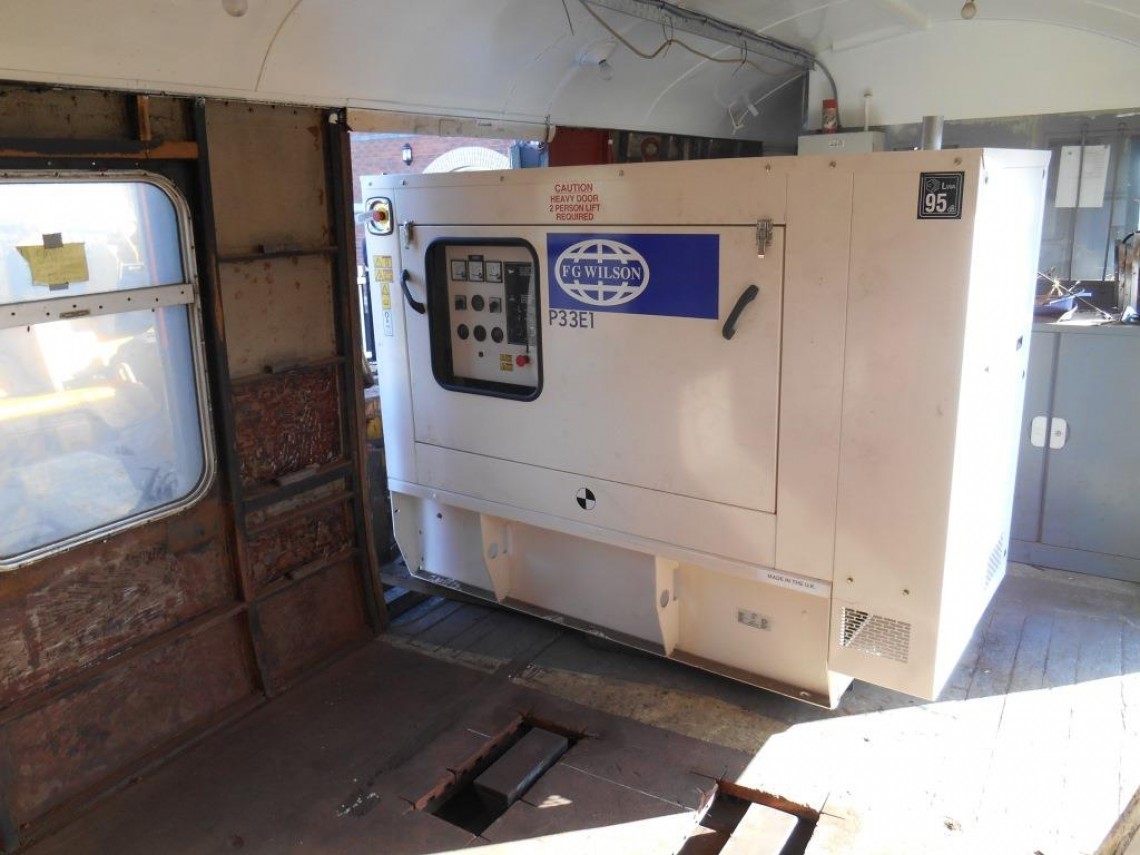
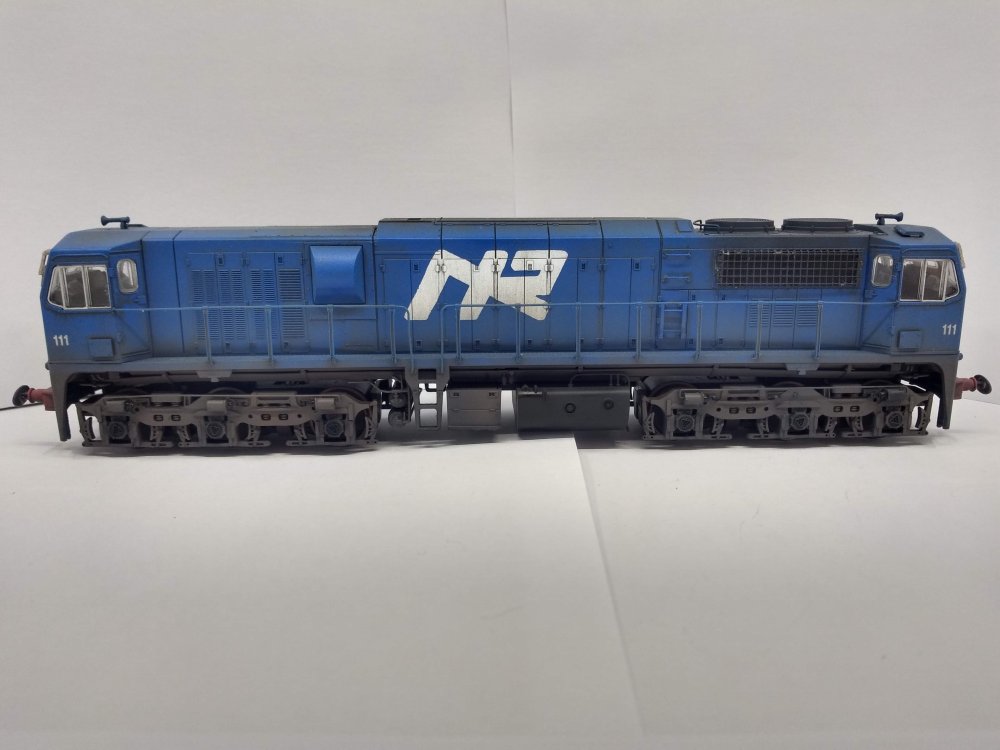
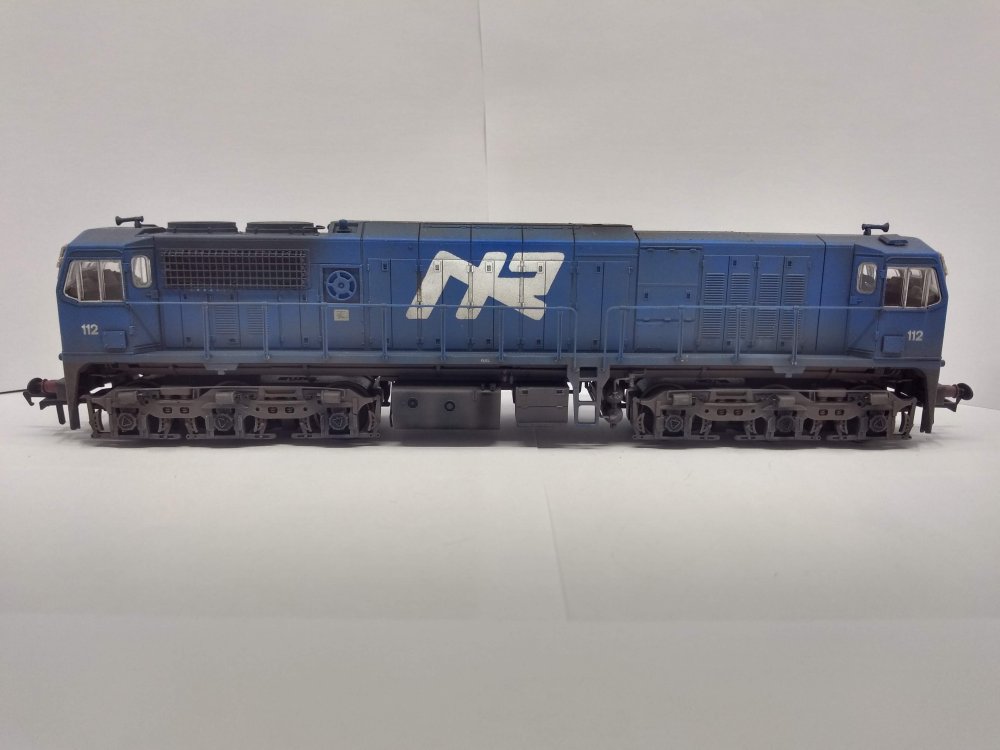
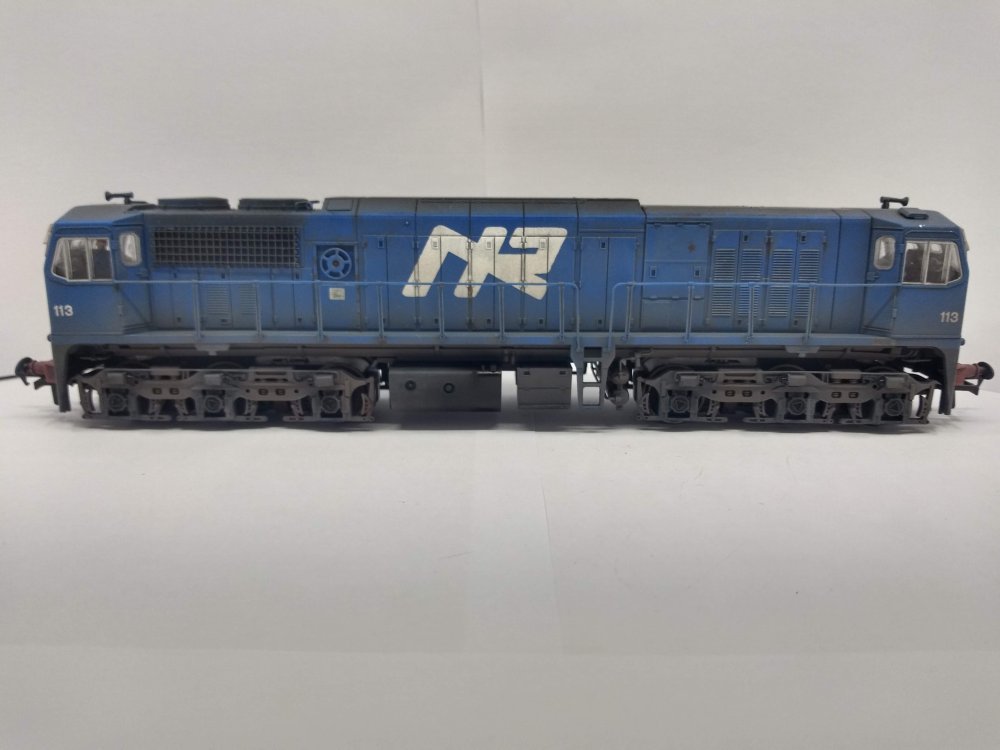
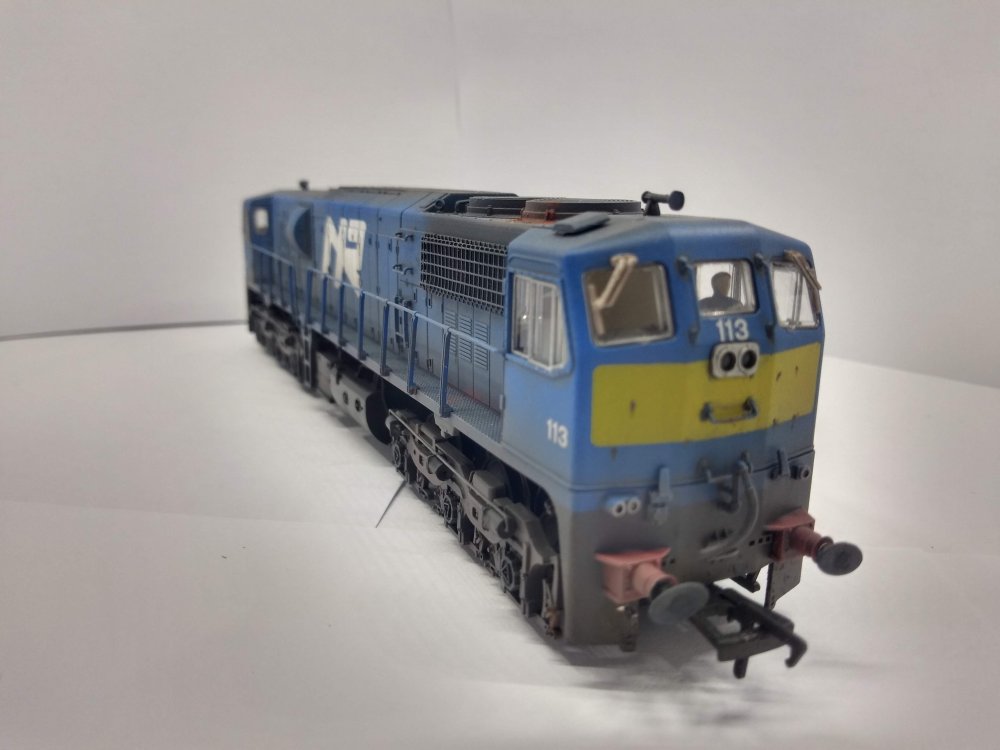
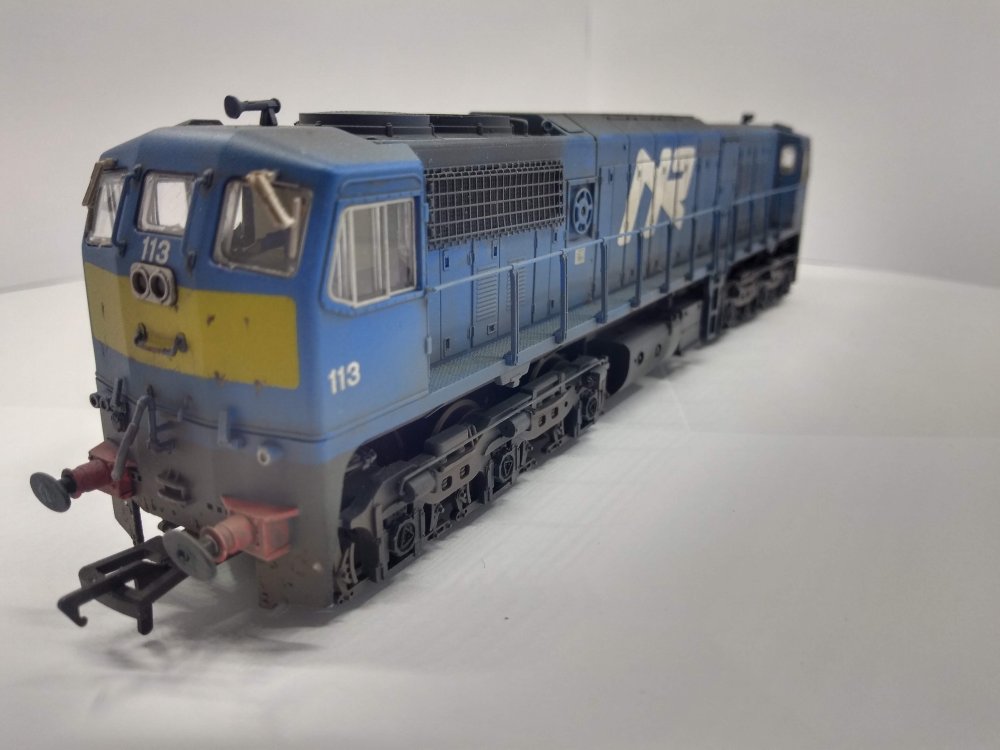
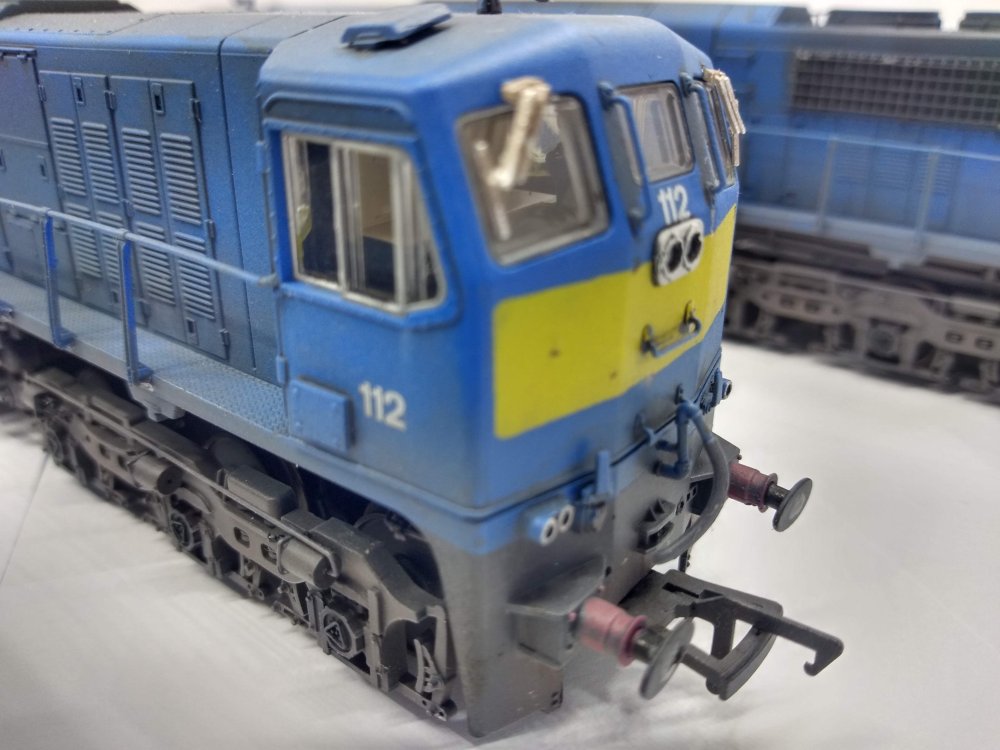
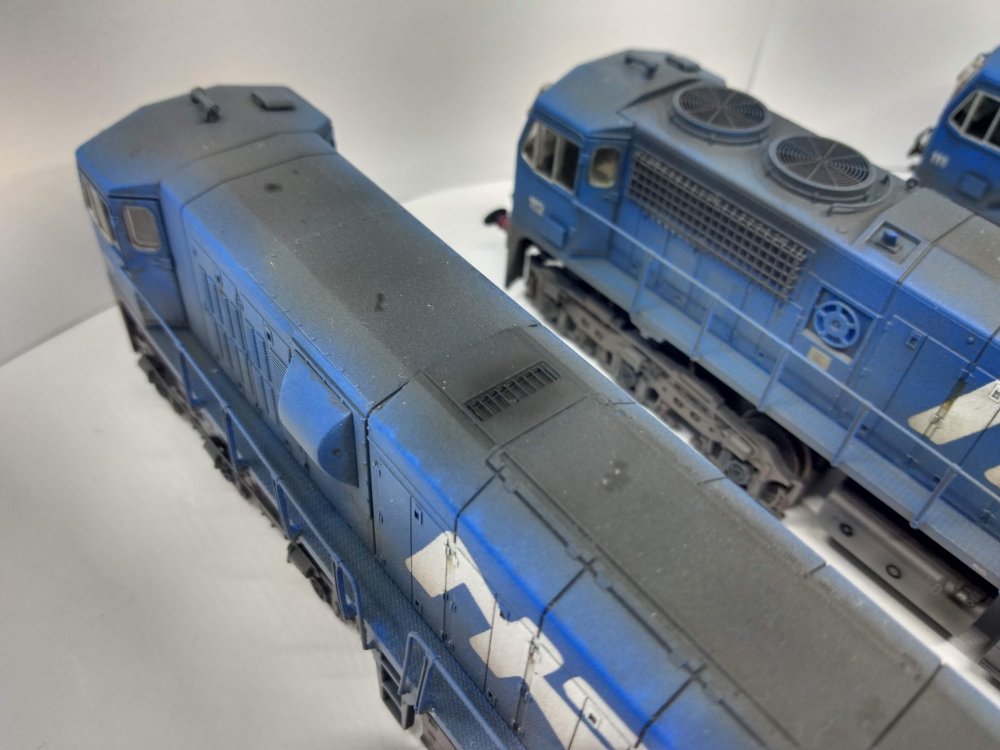
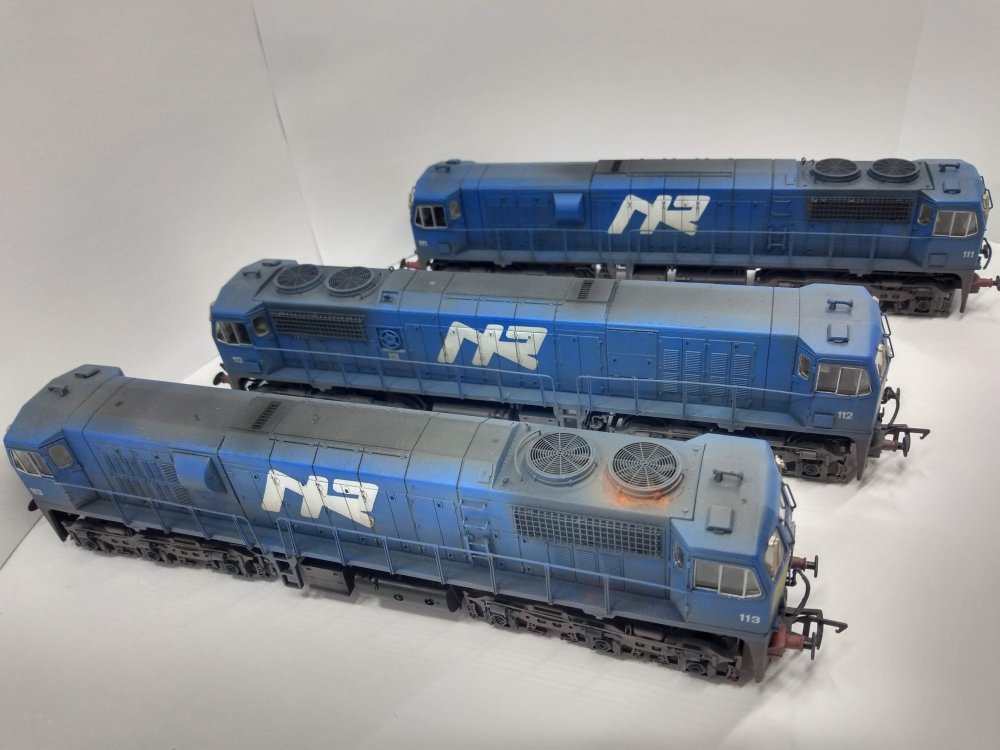
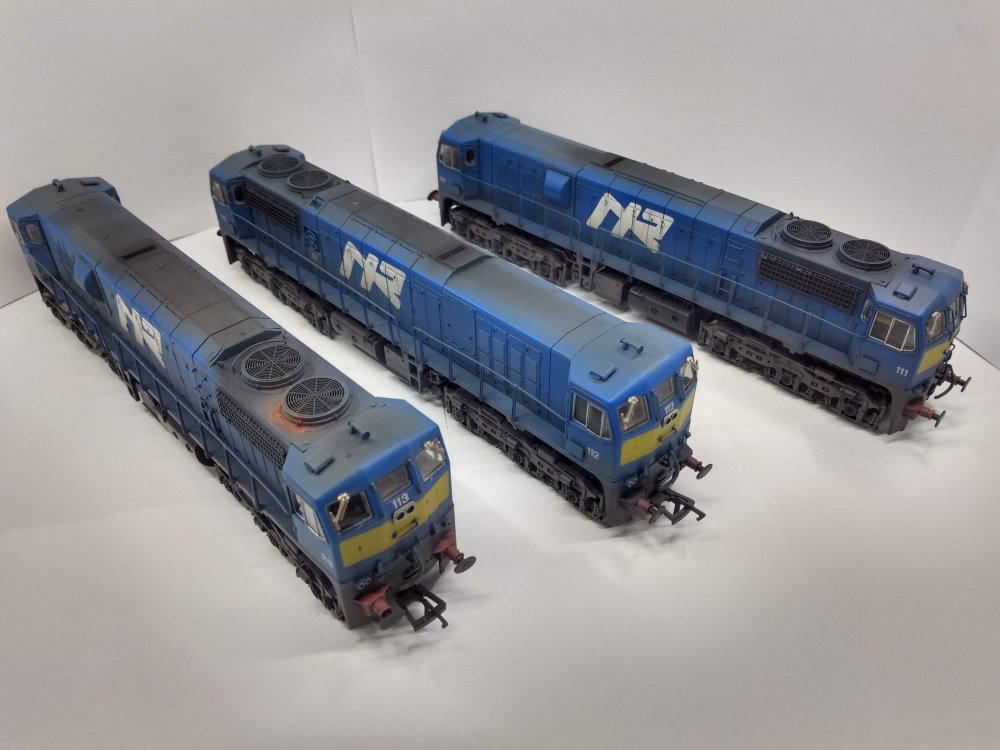
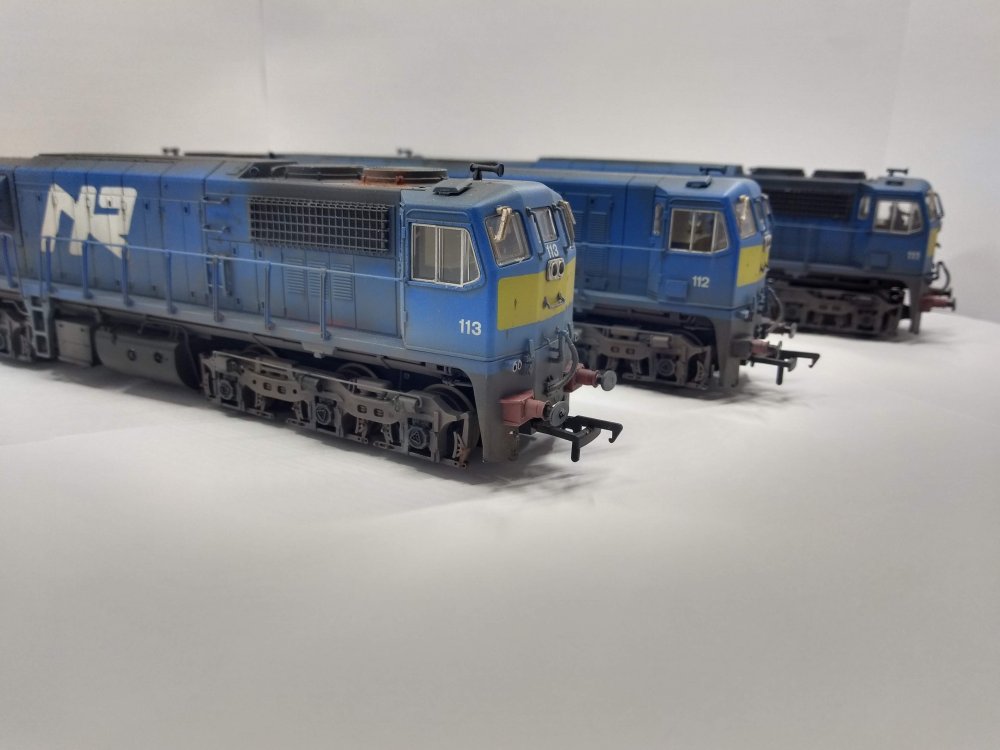
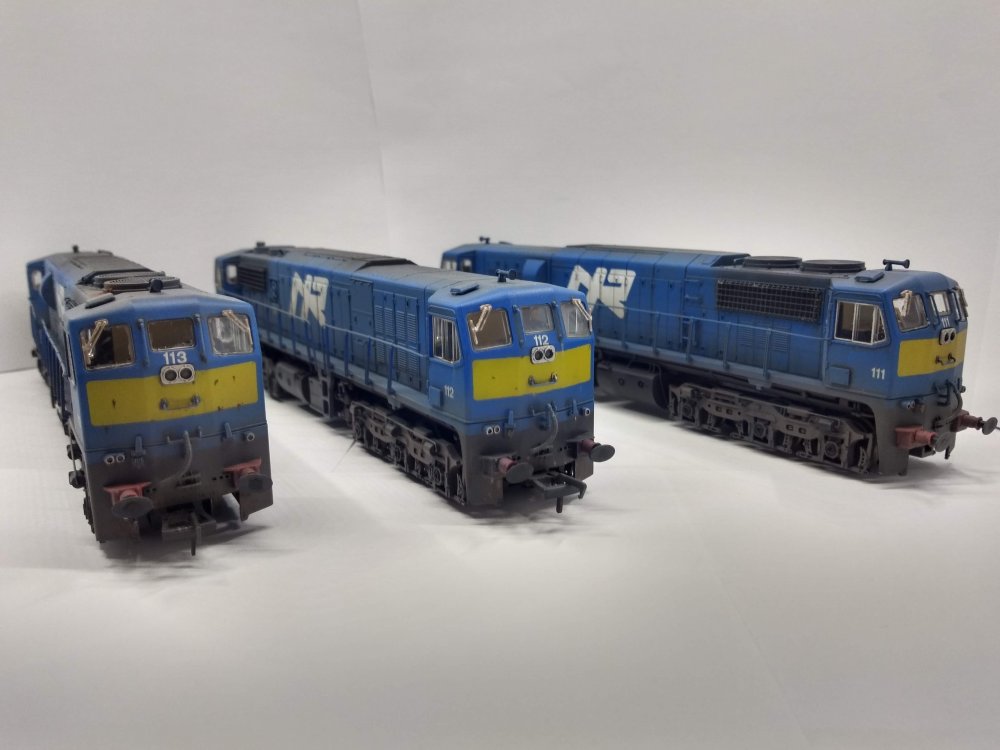
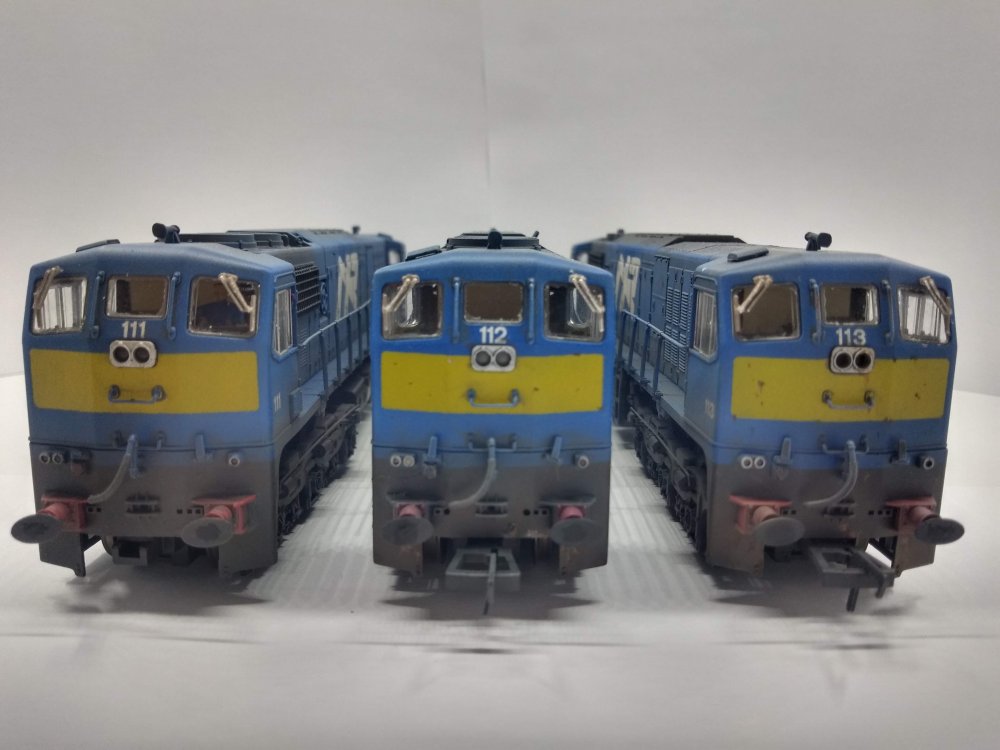
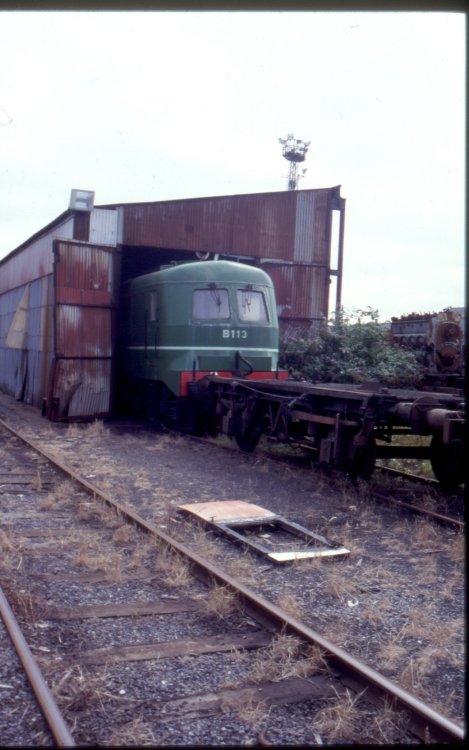
Possible Warning about Murphy Models Counterfeit Goods
in News
Posted
Some good points being made here, a can of worms has certainly been opened.